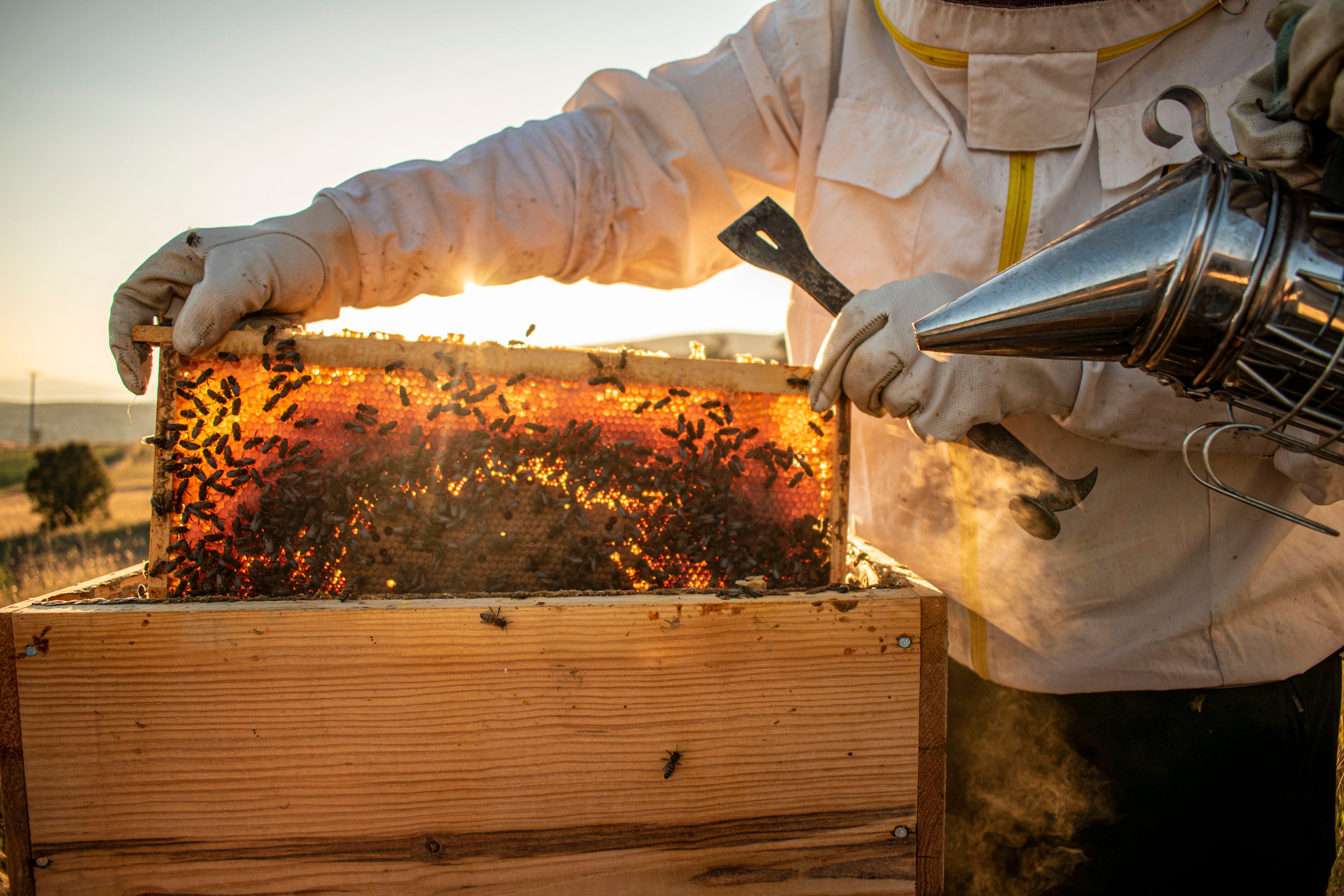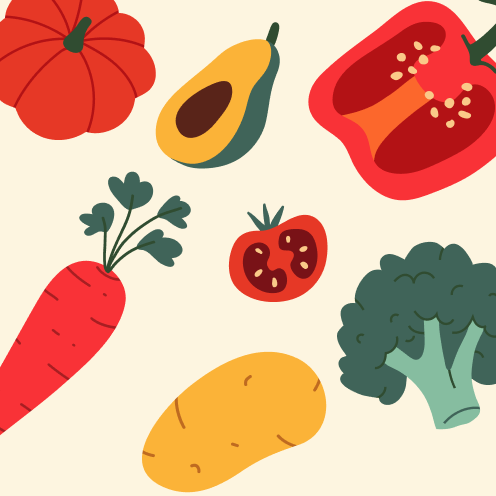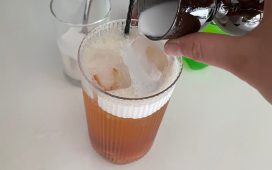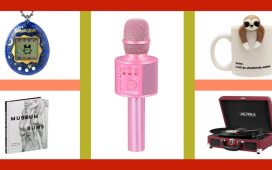If you thought honey was the last pure thing left in your cupboard, think again. That sweet spoonful on your overnight oats might be hiding a sticky lie.
Last month, DNA tests commissioned by the Honey Authenticity Network and conducted by Estonia’s Celvia laboratory found that more than 90 per cent of honey jars from major UK retailers were laced with cheap fillers like sugar syrups. (By contrast, all five samples from local British beekeepers passed with flying colours.)
For anyone feeling duped, it’s worth knowing the elaborate lengths that these imposters go to. So, what on earth is actually in so much of the honey we’re buying?
For fraudsters, honey is a sweet deal. The FSA told The Independent that while “there’s no evidence that any honey on sale in the UK is unsafe, it is a product that can be at risk of fraud”. Products with premium labels or complex supply chains are particularly attractive to fraudsters. Syrups made from rice, beetroot or other cheap crops are whisked in to bulk up honey on the cheap. These fillers look and pour like honey but lack the flavour, nutrients and unique enzymes that make the real stuff a natural, healthy delight. It’s like buying wine and getting grape juice. “Honey is a high-value foodstuff and there are increasingly sophisticated methods to adulterate it to avoid detection,” the British Beekeepers Association (BBKA) says. With real honey priced at around $3,000 (£2,370) per tonne globally, compared to $500 per tonne for syrup, it’s clear why some take the shortcut.
Food fraud is a widespread issue. Olive oil is often diluted with cheaper oils, and cheaper fish varieties are sometimes labelled as premium species. Even beef has been caught up in fraud scandals – remember the horror of 2013’s horse meat lasagne?
Honey fraud itself has a long history. Back in 2000, Chinese honey imports to the US faced anti-dumping duties, exposing “honey laundering” schemes where adulterated honey was routed through other countries to dodge tariffs. This practice was so pervasive that American investigators ultimately uncovered a sprawling racket of honey smuggling and tax evasion. A quarter of a century later, “counterfeit honey remains a significant issue within supply chains here in the UK and it is crucial that both retailers and authorities take stronger measures to protect consumers”, says Sam Trett from The British Honey Company.
The issue partly lies in outdated testing. Traditional IRMS tests detect only certain types of syrups, meaning fakes can slip through undetected. Celvia’s DNA analysis, however, matches honey’s genetic makeup to a database of 500 authentic profiles, making it possible to pinpoint what’s real. For some, though, these results raise questions, with claims that the tests unfairly target imported honey. It all sounds a bit like a magician insisting on conducting their own inspections – there’s an obvious conflict of interest.
Meanwhile, Europe is getting stuck into tackling honey fraud. The EU has introduced new testing methods and labelling laws so consumers know exactly where their honey hails from. The UK, however, seems slower to follow suit.

The Department for Environment, Food and Rural Affairs acknowledges the gravity of the issue, saying: “We take any type of food fraud very seriously. There is no place for adulterated honey that undermines consumer confidence and disadvantages businesses acting within the law.” It’s a reassuring stance, though consumers may wonder why so many fake products continue to slip through.
It’s one thing for shoppers to suspect every jar on the shelf, but for UK beekeepers, this flood of cheap, fake honey spells disaster. Retailers stockpile foreign blends at suspiciously low prices, driving down both quality and prices. Beekeepers who once sold to supermarkets now find themselves relying on farmers’ markets or direct sales just to stay afloat. And it’s not just about selling honey – it’s about protecting bees, which are already facing threats from pesticides, disease and habitat loss.
The stakes are higher than they might seem. Without bees, entire ecosystems suffer. Honey is the byproduct of an essential relationship between pollinators and plants. Bees help pollinate our crops, support biodiversity and stabilise our food chain. “Real honey is a delight to eat with the flavours varying according to the flowers visited by the bees, rather than just being uniformly sweet,” says Lynne Ingram, chair of the Honey Authenticity Network.
Real honey is a delight to eat with the flavours varying according to the flowers visited by the bees, rather than just being uniformly sweet
Lynne Ingram, chair of the Honey Authenticity Network
What’s more, the economic pressure of competing with cheap fakes threatens not only livelihoods but biodiversity. One-third of the world’s honey is now thought to be fake, and the Honey Authenticity Network believes low prices are a greater threat to bees than pesticides or disease. When beekeeping isn’t economically sustainable, beekeepers abandon their hives, leaving bees without the care they need to thrive. Fewer bees means less pollination, and less pollination affects crop yields. This may seem like a leap, but a lack of real honey could mean fewer flowers, fewer plants and, eventually, fewer options in your shopping basket.
So, how can we make sure what we’re buying is the real deal? Keeping an eye out for certifications like the British Honey Association label might offer some reassurance. Some supermarkets are starting to test their honey supplies, offering greater transparency. Better yet, smaller UK producers sell their honey at food markets and directly from hive to home. Diane Drinkwater, chair of the BBKA, suggests buying local: “As a beekeeper, I know just how delicious the honey is from my own hive. There’s a huge range of local honey out there – why not try some from your nearest beekeeper?” she says.
For those seeking real honey, there are some other practical tips to consider. High-quality honey is often thicker, taking its time to pour, and doesn’t separate as easily. Checking for single-origin labels over blended sources can also help. “We encourage consumers and retailers to choose honey with proven provenance from reputable, local beekeepers and businesses, ensuring both quality and a sustainable, ethical model for the future,” says Trett. Buying directly from beekeepers, if possible, is perhaps the best assurance of quality.
What’s actually in our honey? For now, it’s a murky mix of unknowns, where branding masks a synthetic brew rather than nature’s true nectar. If we want honey to mean honey, the onus falls not just on consumers but on beekeepers, retailers and regulators to demand transparency and crack down on the imposters. Until then, this is a test of trust in the food we buy, and of the lengths we’ll go to protect one of life’s sweetest things.







